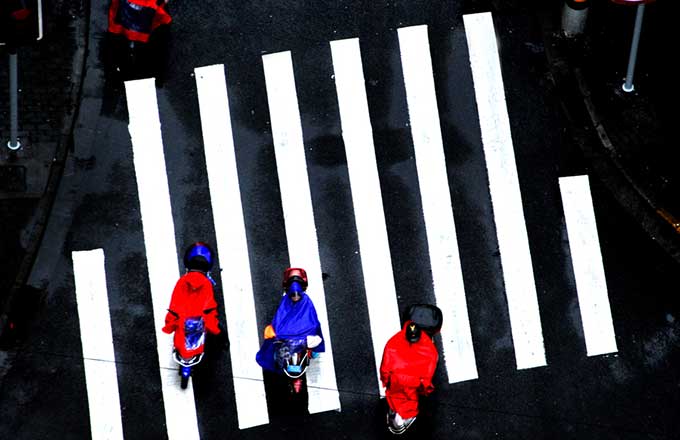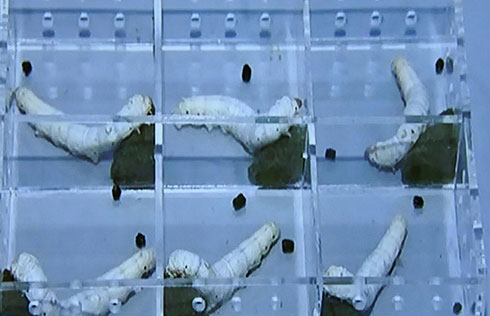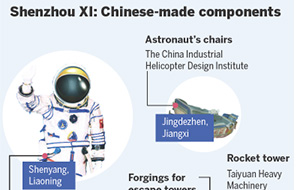Demand for air monitors helps companies clean up




Recording pollution data is becoming big business, report Yu Wei in New York, Cecily Liu and Zhang Chunyan in London and Jiang Xueqing in Beijing.
The heavy smog that has stifled Beijing and other parts of China for two weeks continued on Wednesday when the air pollution index hit 420 to 440 in six downtown districts of the capital, according to the Beijing Municipal Environmental Monitoring Center.
Meanwhile, outside Beijing, around 20 provinces were still affected by a blanket of pollution, leading the authorities to maintain yellow alerts for smog and haze in central and eastern parts of the country, said the website of the China Meteorological Administration.
However, no matter how much Beijing residents complain about pollution, the "Beijing Cough" that has forced millions to wear protective face masks simply to walk down the street is actually bringing million-dollar business opportunities to companies from around the world.
On Jan 12, the air-quality monitor operated by the United States embassy in Beijing recorded that the level of PM2.5 - microscopic particulate matter considered especially harmful to human health - reached 886 micrograms per cubic meter, nearly 35 times in excess of the World Health Organization's recommended standard.
"Currently, more than 70 percent of PM2.5 monitoring equipment used in China is made by overseas companies, most likely companies in the US," said Wang Yuesi, a researcher at the Chinese Academy of Sciences.
The heavy reliance on foreign-made equipment is mainly because Chinese enterprises do not have "sufficient skills" to manufacture the devices, said Wang.
However, Wang said China will definitely accelerate the pace of research and development into monitoring equipment in the wake of the recent sky high levels of air pollution.
"It's only recently that equipment able to monitor PM2.5 has been manufactured in China," said Jo Ann Choi Pottberg, director of global sales and marketing at Met One Instruments. The company entered the Chinese market in 1992 and supplies monitors to the US embassy in Beijing and its consulates in Shanghai and Guangzhou.
The requirements for these monitors to comply with specifications and obtain certification are very strict. Because certifiable data is required, customers always request monitors that have US Environmental Protection Agency designations or certificates such as the European TUV, MCerts and Ens. The review procedures required for companies to obtain these certificates are often lengthy because the equipment has to be tested over a variety of seasons and locations, she said.
Research into the technology used in monitoring equipment started late in China. Pottberg said the country still needs to buy PM monitors that employ technology approved by experts at environmental agencies around the world to provide accurate, reliable data for the public.
That will change, of course. "It won't be long before some local manufacturers will be able to achieve the same quality and reliability as monitors produced after more than 30 years of research and development and field experience", she said.
- Varied measures needed to solve air pollution
- Air China launches Beijing-Geneva nonstop service
- Smog worries boost online sales of air purifiers
- Ongoing smog worries boost online sales of air purifiers
- 'Joint effort' urged to clear the air
- Beijingers call for Clean Air Act
- How long could China solve air problem?
- Air quality a hot topic
![Inspectors from the environmental protection bureau in Ningbo, Zhejiang province check equipment that monitors air quality in the city. China's monitoring network is being expanded. [HU XUEJUN / FOR CHINA DAILY] Demand for air monitors helps companies clean up](../../images/attachement/jpg/site1/20130131/00221917dead1273f5cb20.jpg)














